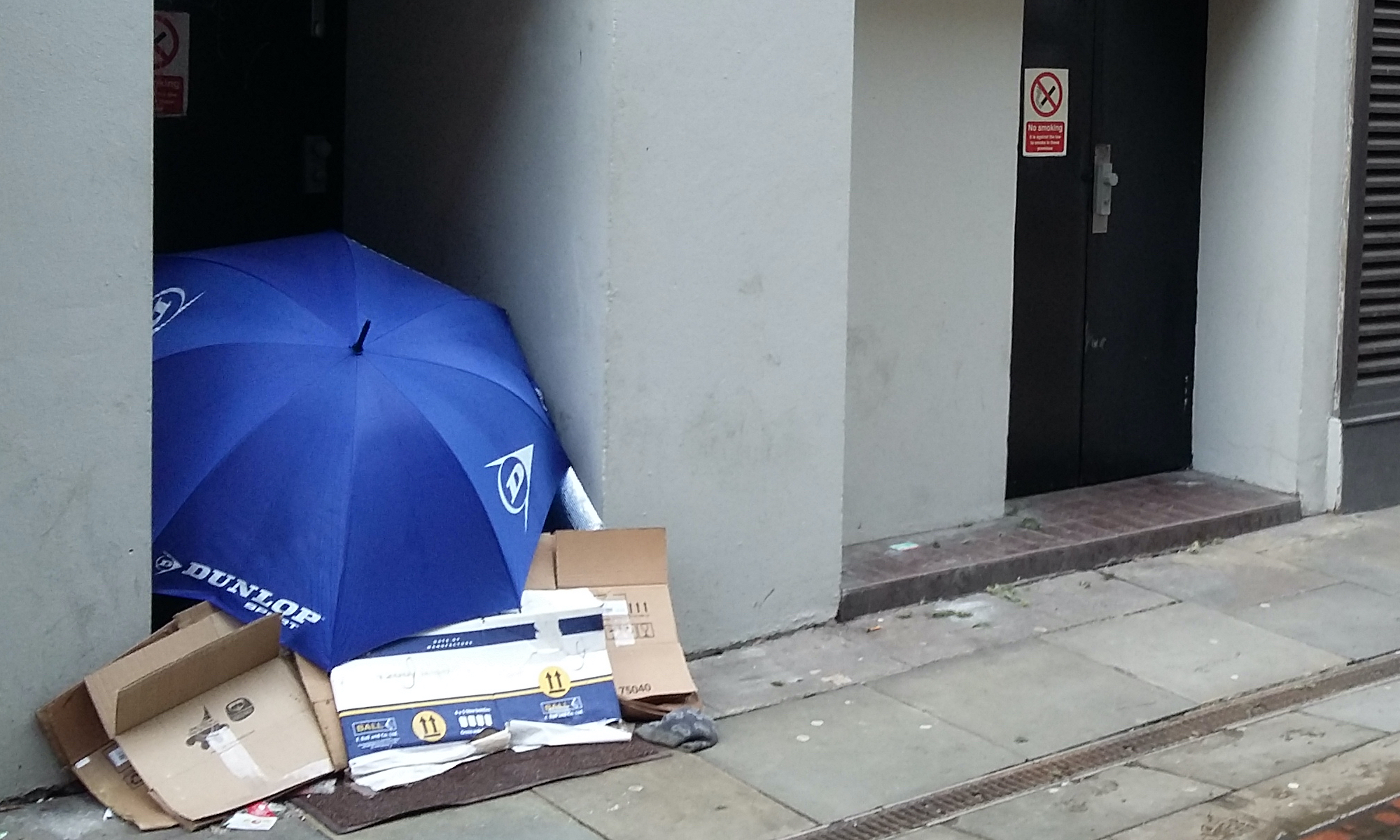By Hannnah Roche
Segment of commentary about the film “The Social Life of Small Urban Spaces”.
One of the points Whyte makes early on in his documentary is how ‘messy’ spaces can encourage public use, interaction and enjoyment. In the first scenes, he observes a crowded children’s playground that is “wonderfully messy” with “lots of dirt and mud and the water that kids love so much.” This shows that spaces that are visually perceived as ‘messy’ can actually create interesting, rich tapestries in which humans feel more comfortable to move around in, surrounded by people and the endless possibilities the organic clutter creates. Even in real life, loud and messy spaces seem to draw people in. A small, loud, slightly chaotic cafe might be preferable to a refined empty one, as it demonstrates more character and promosies memorable experiences in comparison to the latter.
In line with the previous point, in viewing an inner city plaza Whyte remarks that people like flexibility. Applying this point to benches and chairs, he observes that humans prefer moveable elements to static ones, demonstrating that people like to be in situations where they are in control and can shape the world around them. Even when there was “no functional reason of any kind,” people in the documentary were inclined to move their chairs. Perhaps this ritual is a way of claiming a piece of public space as one’s own: a way of marking one’s territory in an arena that one is not completely familiar with, similar to how some people lay claim to pool chairs by placing their towel on top.
Whyte outlines seven elements that were found to be in the most popular plazas: sittable space, street, sun, food, water, trees and triangulation. The fact that so many natural elements were detected is interesting, but not surprising as they stand out in urban landscapes. In particular, it was intriguing to see the ways in which people in the documentary interacted with them. Trees were used as safe havens under which to rest and observe, and water as a multisensorial and tactile experience. However, many cities seem to lack these connections to nature. Whytes documentary shows just how important they are for our wellbeing, even if just as a way to visually disrupt structured, grey urban landscapes.
